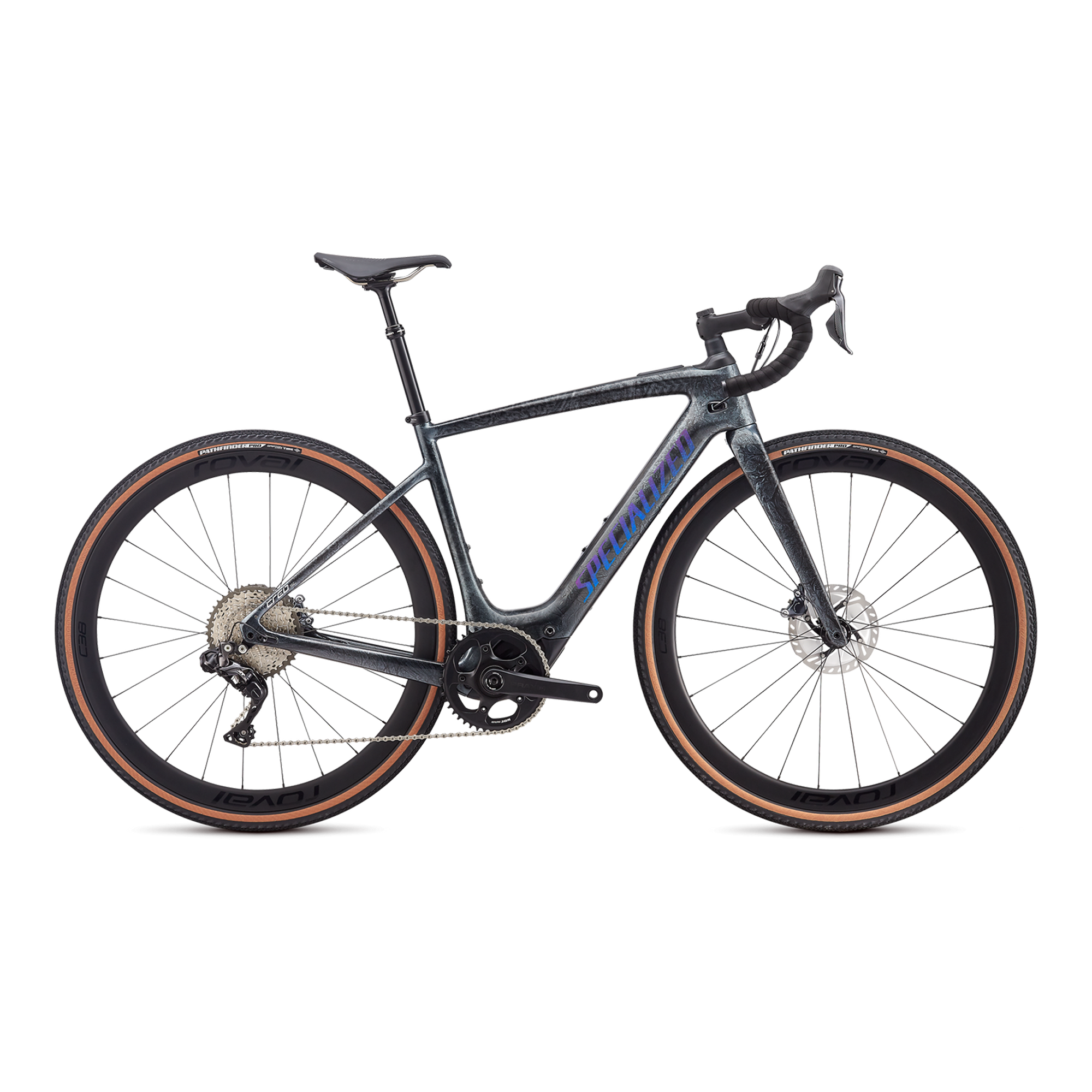Thank you. Certain things about the Creo put serious doubt in mind. I have a feeling the bike will be useful in some cases, but too limited in many circumstances. The bottom bracket area seems too constrained. The stock gearing is orientated to a slower speed than 28mph. I get the impression that i would be swapping components to adjust to circumstances.I wouldn't get the power meter just to determine if you want the Creo or not. If it's something you want for your bikes then sure go ahead and get it.
Looking at https://www.omnicalculator.com/sports/cycling-wattage and entering about 250 lbs for u and bike, slick tires, riding the hoods, new chain, 0 wind speed/grade and 5000 feet elevation I get: 20 mph is 179 W, 25 mph is 311 W and 28 mph is 417 W. Just a 5 mph headwind would increase these to 249, 418, 550 W. As this is the first time I've looked at this calculator I can't vouch for its accuracy, but it does support that wind speed will have a major impact on how effective the Creo's assist will help you achieve your goal.
Let's assume the above is close enough to speculate further. If you currently cruise comfortably at 20-25 mph on flat windless days - you'd appear to be producing between the 179 and 311 W. So with no wind you'd need between 238 to 106 W of assistance. If you're only going 20 mph, you're only producing 179 W and the Creo will only match that on Tubo mode (or maybe only 90% of that depending on how the 1.8 X you claim works). So on a windless day that won't get you to 28 mph. But if you are going 25 mph, then you only need the 106 W of assistance which the Creo can add - you shouldn't need full assist and it's likely even the built in battery of 320 Wh should be enough for the 53 miles. Of course as it always does, headwind can mess everything up.
The bike is designed to satisify a certain set of compromises. It's unclear how those compromises result in a big benefit to me. I see some benefits, though.

